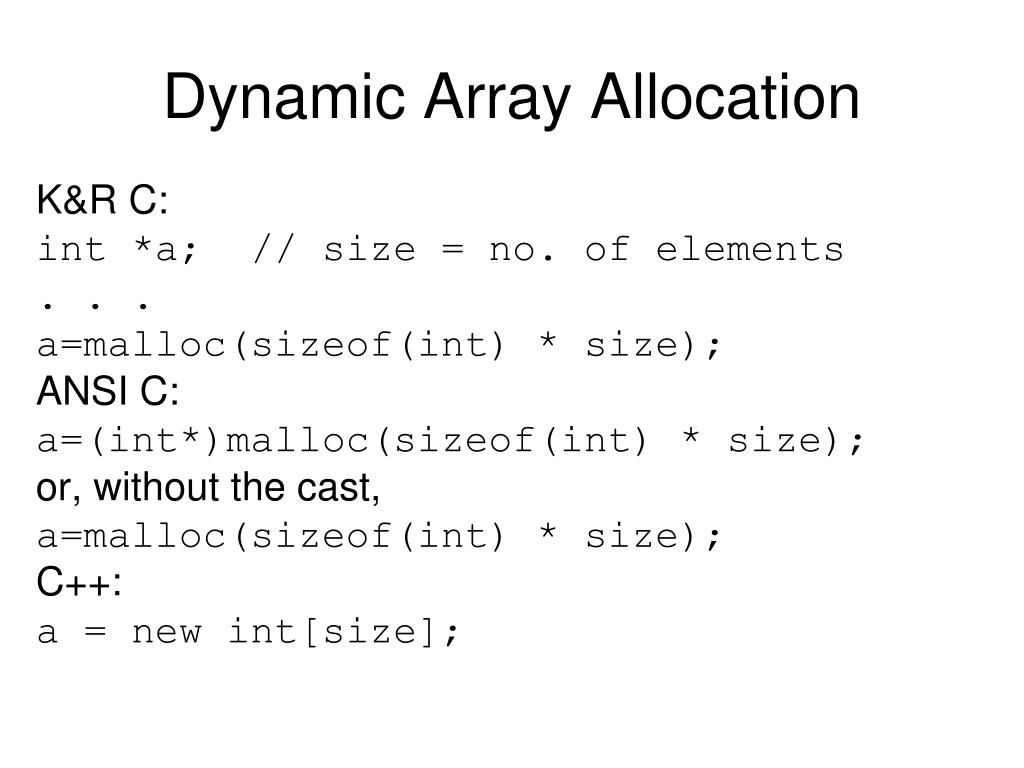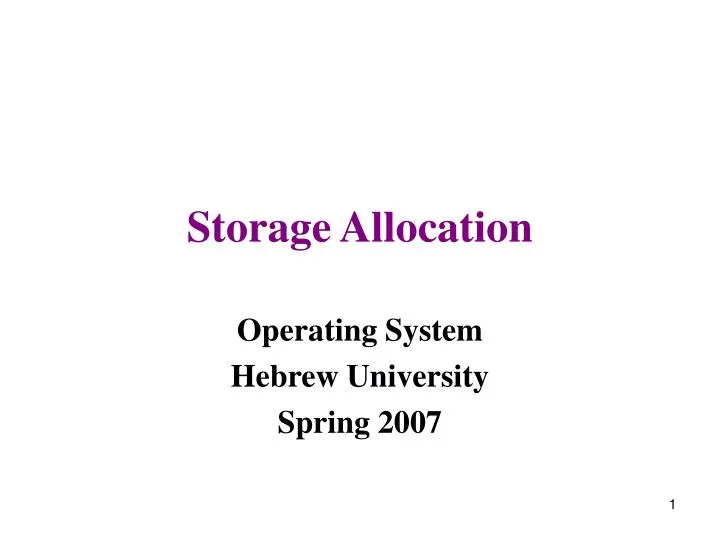

The similarities between the two may bring up a tempting thought: Why not generalize both to a parameterless macrofacility? The syntax of constant and type declarations can be similar, as in the following: Such type declarations can save a great deal of writing while also improving readability. Similarly, it is useful, essentially as a form of abbreviation, to be able to give names to types and then use those names in the declaration of variables or in the construction of more complex types. Such constants would largely eliminate the need to initialize arrays, as most initialized arrays are really array constants, and would prevent the programmer from accidentally destroying the contents of such a constant. For example, it should be possible to write an array constant. Consequently, "magic numbers" may not occur anywhere except in such declarations.Īnother aspect of the declaration of constants is that it is useful to be able to write a constant for any data type in the program.
#DYNAMIC STORAGE ALLOCATION IN COMPILER DESIGN PPT CODE#
Some languages (see Clark and Horning, 1971) have even taken the position that, with the exception of 0, 1, and 2, all numeric constants occurring in the code must be given names by constant declarations. In this way program readability is greatly improved and it is much easier to change the value of, say, a table size. This avoids the use of "magic numbers" in the body of the code. It has recently become obvious that it is extremely useful to be able to give names to constants. While there exists a large number of specialized forms of declarations to meet specific needs, this discussion will focus on the three common requirements of most programming languages: declarations for constants, types, and variables.

The declarations of a language are the means by which nonprocedural information is conveyed to the compiler. The final topic deals with a discussion of the scope of variables in a programming language. The effects of storage-allocation strategies on language-design aspects are then described.

Next, an overview of the variety of data types that are available in programming languages today and that should be considered if a new-language design is undertaken. First, a discussion of the alternative forms for data declarations is presented. Four aspects of data structure will be considered in this subsection.


 0 kommentar(er)
0 kommentar(er)
